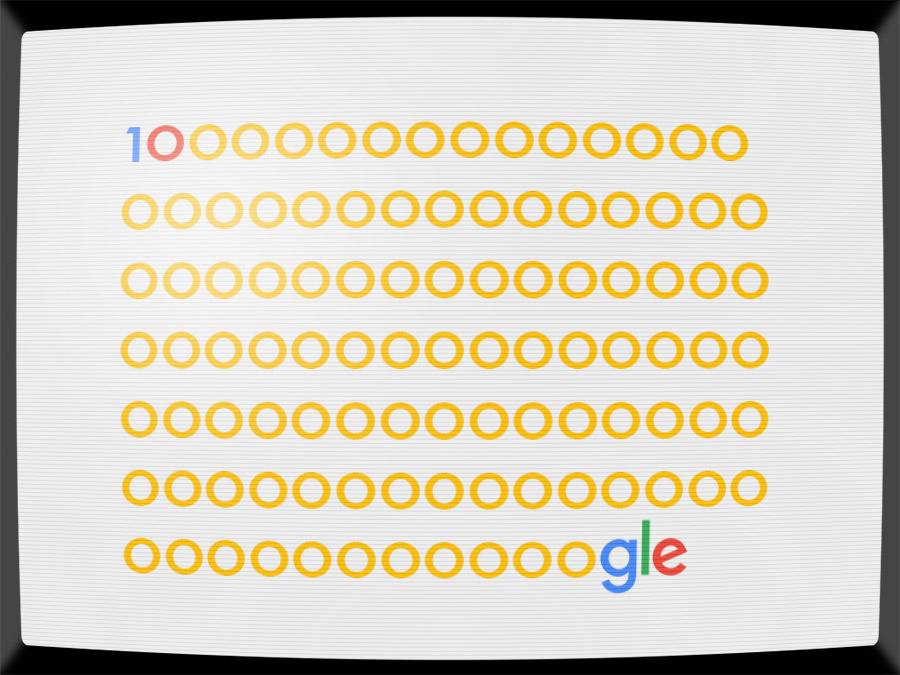© 2016 All Rights Reserved. Do not distribute or repurpose this work without written permission from the copyright holder(s).
Printed from https://www.damninteresting.com/curio/a-googol-by-any-other-name/

When inventing a name for an imaginary and/or ridiculous object or concept, the best resource is often a child. A clear example of this arrived in the late 1930s, when mathematician Edward Kasner was searching for a simple name for a very large number. The number was a 1 with one hundred zeros after it: 10,000,000,000,000,000,000,000,000,000,000,000,000,000,000,000,000,000,000,000,000,000,000,000,000,000,000,000,000,000,000,000,000,000, also known as 10100, or ten duotrigintillion. Kasner turned to his 9-year-old nephew, Milton Sirotta, for ideas, and Milton promptly suggested the name “googol.” The name stuck, and Kasner brought the googol into public consideration in his 1940 book Mathematics and the Imagination as an illustration of a very large number. For example, if one were to count all subatomic particles in the entire observable universe, the total would be less than a googol.
Young Milton was not content to stop at this very large number, however. He next proposed that there exists an even larger number than a googol, called a googolplex. While initially Milton defined a googolplex as a 1 followed by as many zeros as one could write before one collapsed, his uncle suggested a more precise definition: a 1 followed by a googol zeros, or 1010100. There is not enough time or space in the universe to write out such a number in our current base-10 system, but thanks to Kasner and his nephew, it can be expressed with a mere handful of letters.
In 1996, a young Larry Page wanted to give his new search engine a name that evoked vast quantities of data to be placed at the fingertips of its users. After tossing ideas around with his officemate Sean Anderson, Larry decided that “googol” was the perfect term. Sean did a quick check online to see whether the domain name was available. It was, and a multi-billion dollar company was born, but owing to Sean’s clumsy spelling, the search engine is now known as Google.
© 2016 All Rights Reserved. Do not distribute or repurpose this work without written permission from the copyright holder(s).
Printed from https://www.damninteresting.com/curio/a-googol-by-any-other-name/
Since you enjoyed our work enough to print it out, and read it clear to the end, would you consider donating a few dollars at https://www.damninteresting.com/donate ?
Yes that is very interesting.
Can’t blame poor Sean. It’s not like he could have googled it.
Isn’t there always a next number?